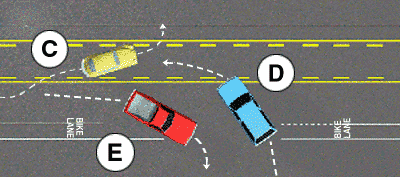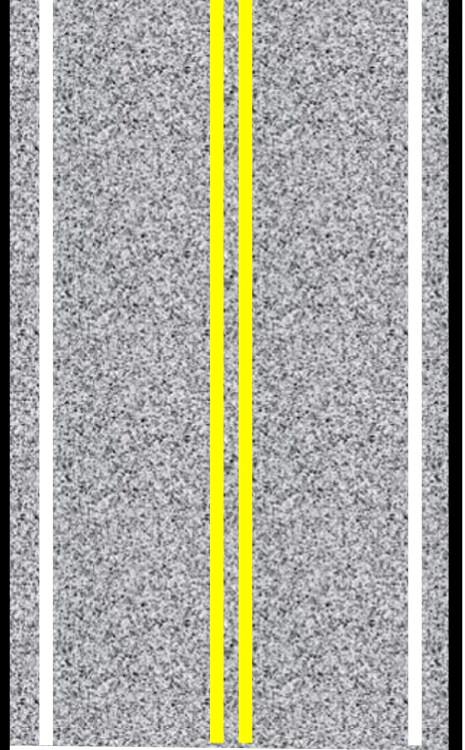
The inner line is broken and the outer line is solid. Laws For Center Left Turn Lanes In CaliforniaĪ center left-turn lane is located in the middle of a two-way street and is marked on both sides by two painted lines. Do not cross over double parallel solid lines to enter or exit any carpool/HOV lane except at designated entry or exit places. The pavement in this lane is marked with a diamond symbol and the words “Carpool Lane.” These lanes are also known as high-occupancy vehicle (HOV) lanes. These signs also list the days of the week and the hours when the carpool/HOV requirement applies. Signs at the on-ramp or along the freeway tell you the minimum number of people per vehicle required for the carpool/HOV lane(s). Motorcycle riders may use designated carpool/HOV lanes unless otherwise posted. If you operate a low emission and/or hybrid vehicle, you may be exempt from all toll charges on high occupancy toll (HOT) lanes. You may use a carpool/HOV lane or on-ramp if your vehicle carries the posted minimum number of people required for the carpool lane, or you drive a low-emission vehicle displaying a special DMV-issued decal. Laws For Carpool / High-Occupancy Vehicles ( HOV) Lanes In CaliforniaĪn HOV lane is a special lane used only for carpools, buses, motorcycles, or declared low-emission vehicles.
#TURNOUT AREAS MARKED ON A TWO LANE ROAD DRIVER#
Never pass on the left if the driver is signaling a left turn.

Entering the road from a curb or the shoulder.īefore changing lanes, signal, look in all your mirrors, and:.If you miss a turn, continue until you can safely and legally turn around. Last-minute changes may cause collisions. If you start to make a turn, follow through. Once you start through an intersection, keep going. If there are only two lanes in your direction, pick the right lane for the smoothest driving.ĭo not weave in and out of traffic. When you choose to drive slowly or enter or turn off the road, use the right lane. To drive faster, pass, or turn left, use the left lane. If you can choose among three lanes, pick the middle lane for the smoothest driving. The left or “fast” lane is called the “Number 1 Lane.” The lane to the right of the “Number 1 Lane” is called the “Number 2 Lane,” then the “Number 3 Lane,” etc.ĭrive in the lane with the smoothest flow of traffic. Traffic lanes are often referred to by number. You may also see these parallel lines in or near freeway on and off-ramps. Never change lanes while in these lanes wait until a single broken white line appears. Solid white lines mark traffic lanes going in the same direction, such as one-way streets.īroken white lines separate traffic lanes on roads with two or more lanes in the same direction.ĭouble white lines are two solid white lines that indicate a lane barrier between regular use and a preferential use, such as a carpool/HOV lane. Do not drive on or over this barrier or make a left turn or a U-turn across it except at designated openings (see diagram).

Two sets of solid double yellow lines spaced 2 feet or more apart are considered a barrier. You may turn left across a single set of double yellow lines to enter or exit a driveway, make a U-turn, or into or out of a private road. Instructed by construction or other signs to drive on the other side of the road because your side of the road is closed or blocked.In a carpool lane/High Occupancy Vehicle (HOV) lane that has a designated entrance on the left.Never drive to the left of these lines unless you are: Two solid yellow lines indicate no passing. Solid yellow lines mark the center of a road used for two-way traffic.īroken yellow lines indicate that you may pass if the broken line is next to your driving lane. Driving & Roadway Line Colors In California (3) Broken yellow line: May pass if movement can be made safely.

(1) Solid yellow line: No passing if solid yellow line is on your side. However, in this guide we’ll cover some of the specific laws and regulations. Lane control laws in California are similar to most other states.


 0 kommentar(er)
0 kommentar(er)
